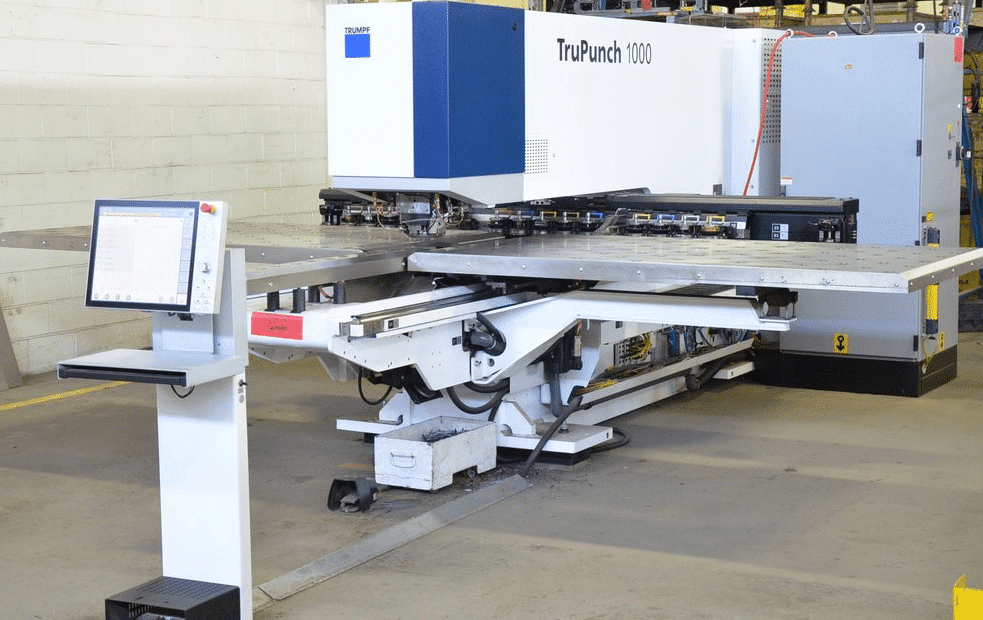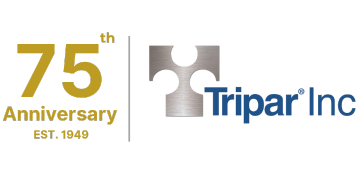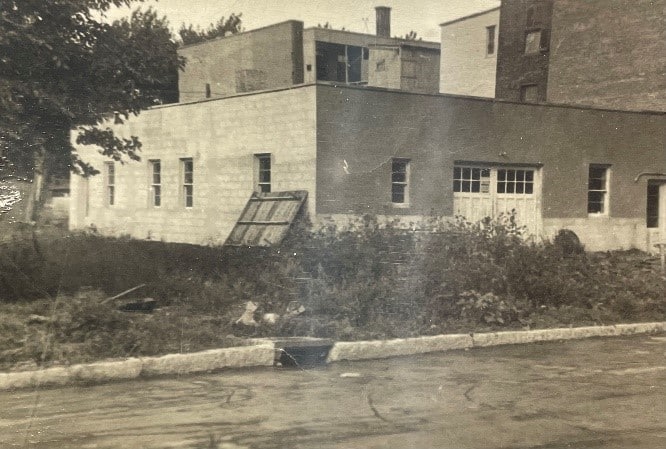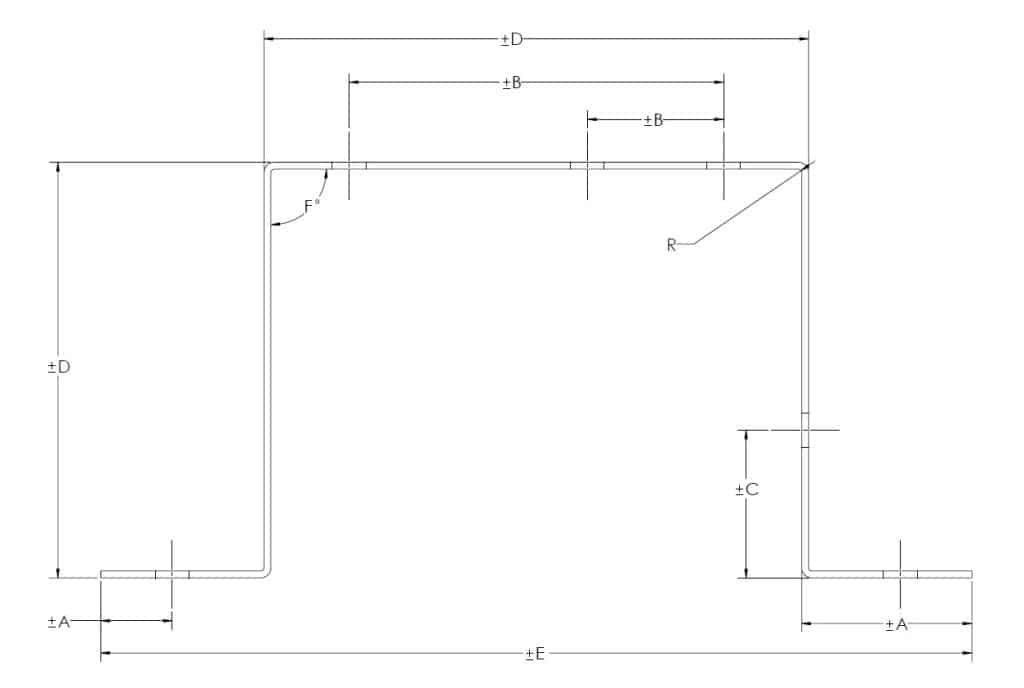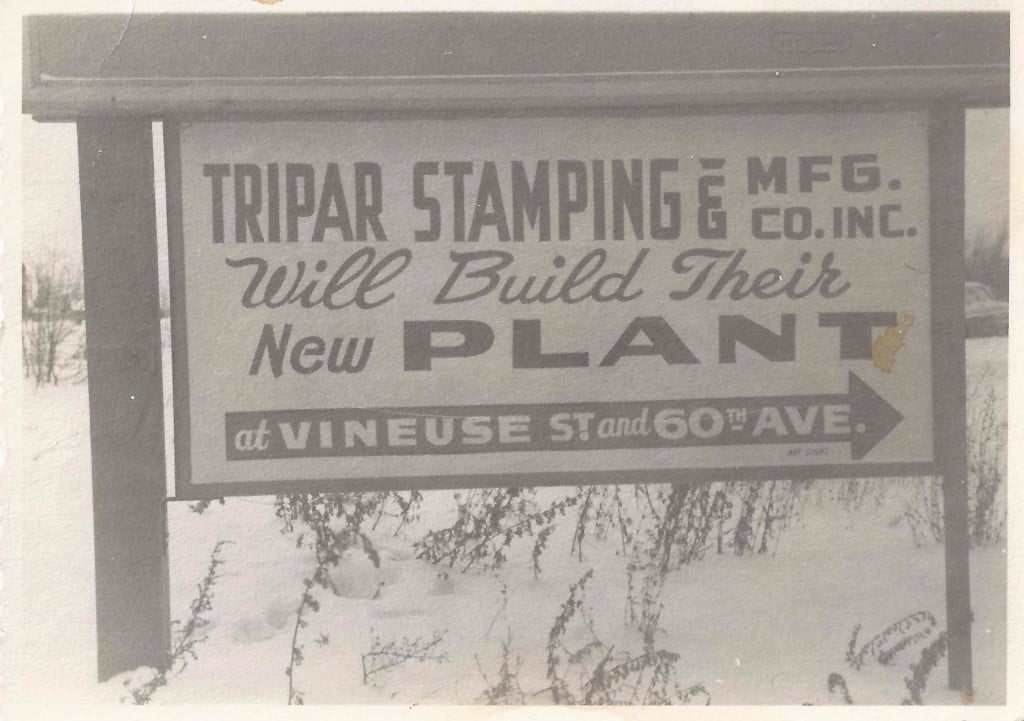This article features the experience of Tripar’s founder, Ben Sevack’s from England to Montreal during the pivotal years of 1923 to 1949. Additionally, we’ll shift more into the foundational period of Tripar, spanning from its establishment in 1949 to the first 10 years in business.
Continue readingTripar Default Manufacturing Tolerances
Assemblages de Downlight UL1598 et nouvelles capacités de fabrication
Downlight Assemblies Catalog
In January 2021, Tripar added the Downlight UL1598 Assemblies section to its online catalog. We are pleased to now offer this as a pdf; a concise 14-page easy print option, that still displays the different assembly options available.
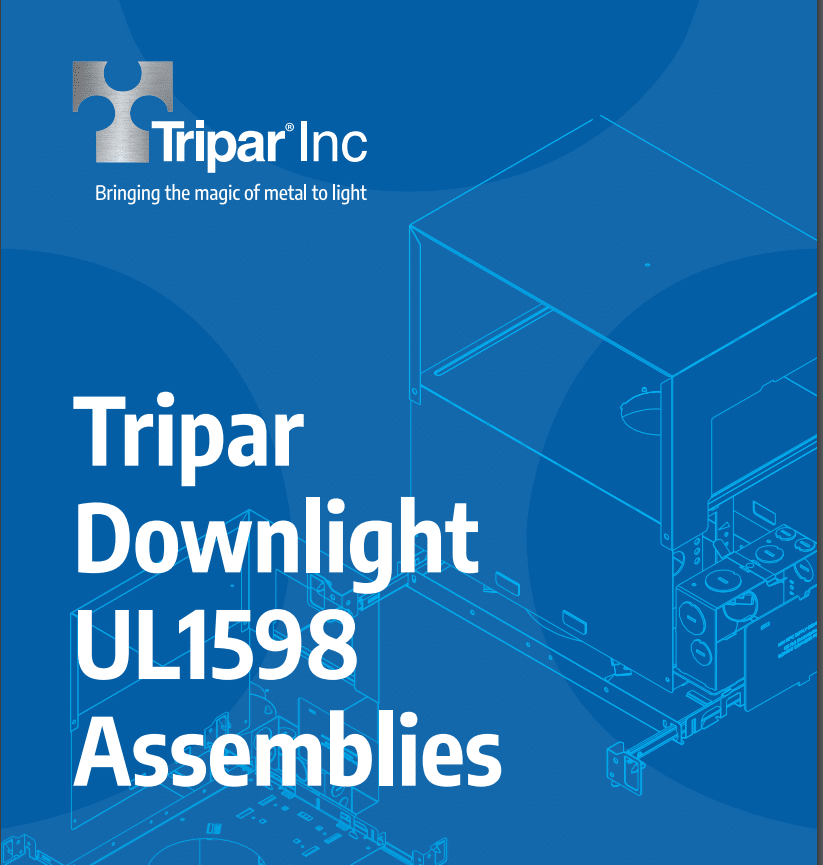
Click here to download this new version of our online catalog.
New CNC Punch Press
We also recently acquired a new major piece of production machinery: another Trumpf, this time a TruPunch 1000 CNC Punch Press.
